Throughout history, dogs have been our loyal companions. Different breeds have emerged, each with unique characteristics. In this blog post, we explore the evolution of dog breeds, highlighting changes in breeds like the Bull Terrier, Pug, Irish Setter, and German Shepherd. We’ll also discuss new breeds and their distinctive features. Additionally, there is a comparison between dog breeds old vs new characteristics in terms of physical traits and behavior. Examining the impact of breeding on dog health and the role of kennel clubs will help to understand the evolution. Keep reading to get guidance on responsible dog ownership by considering breed choice and responsible breeding practices.
Table of Contents
Exploring Dog Breeds: A Historical Perspective
Over the last century, dog breeds have undergone significant changes due to selective breeding, resulting in specific traits and mental characteristics. Today’s popular breeds bear little resemblance to those from 50 years ago and have brought about health issues like hip dysplasia and breathing problems. This evolution through centuries of selective breeding is a fascinating journey.
Brief on the Evolution of Dog Breeds
The transformation of dog breeds from their historical uses in blood sports to our beloved companions is remarkable. With the gray wolf as the common ancestor, diverse breeds with specific traits and coat colors have emerged across nations. The 20th century witnessed the popularity of breeds like the German Shepherd, Bulldog, and Terrier, all originating from selective breeding practices.
Notable Dog Breeds and Their Changes Over the Years
Notable dog breeds such as the bull terrier, Irish setter, pug, and German shepherd have undergone significant changes over the years due to selective breeding. These changes include alterations in physical attributes, coat colors, tail docking, and distinctive mental characteristics. The evolution of these breeds highlights the impact of breeding practices on specific traits and attributes.
The Transformation of the Bull Terrier
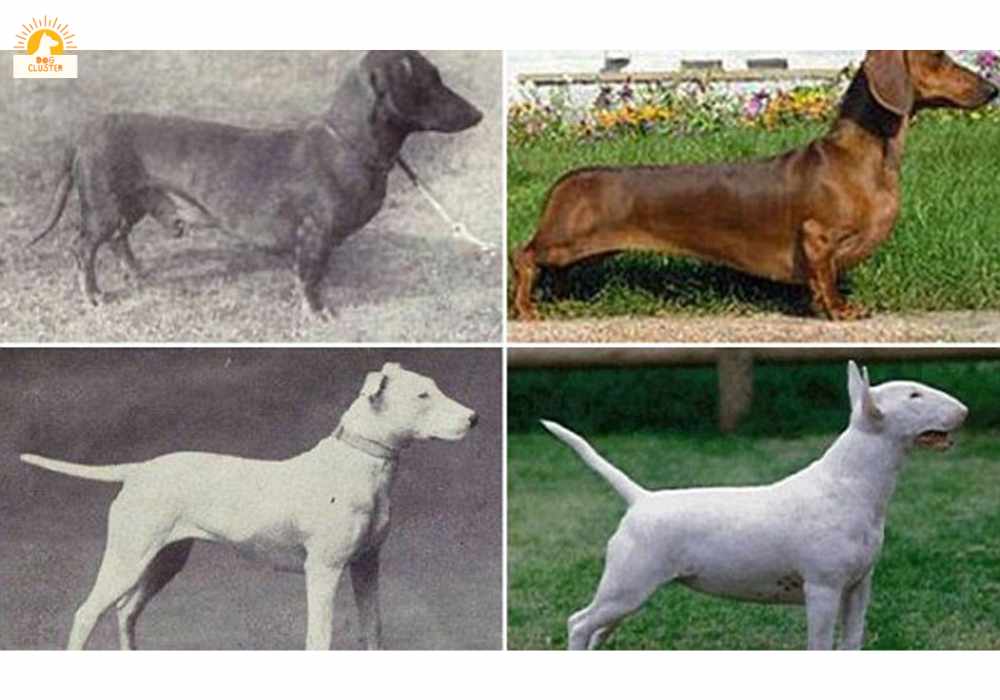
The Evolution of the Pug
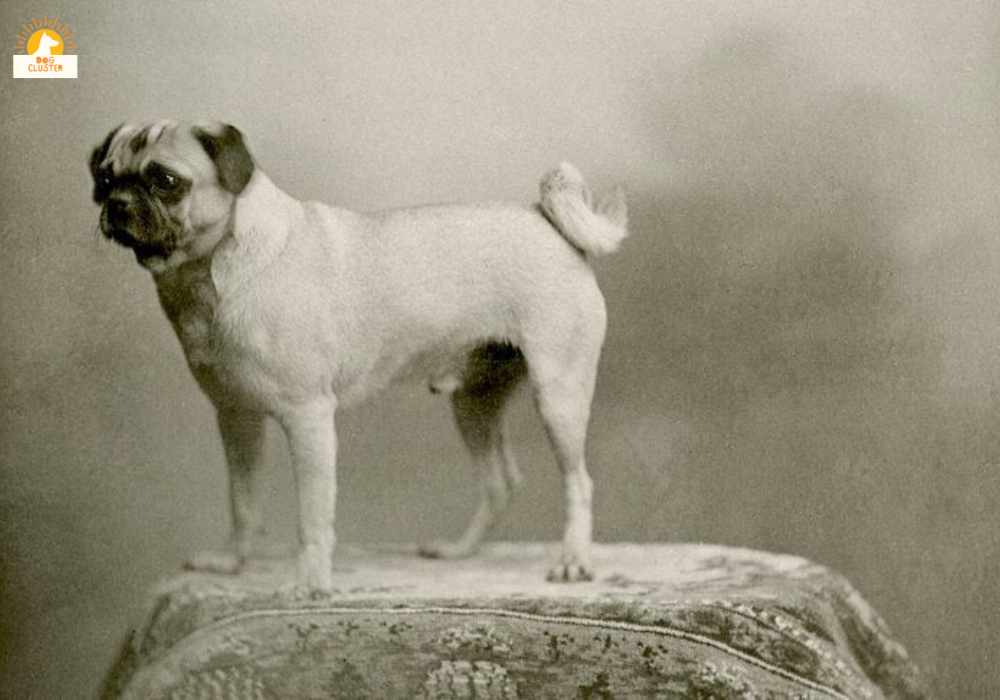
Changes in the Irish Setter Breed
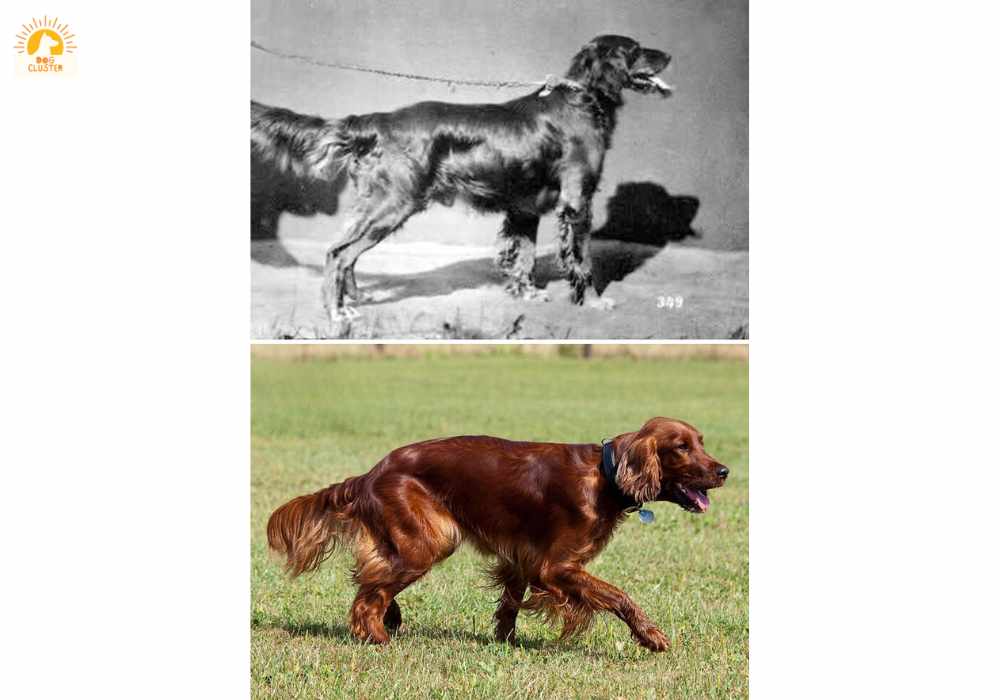
The Journey of the German Shepherd
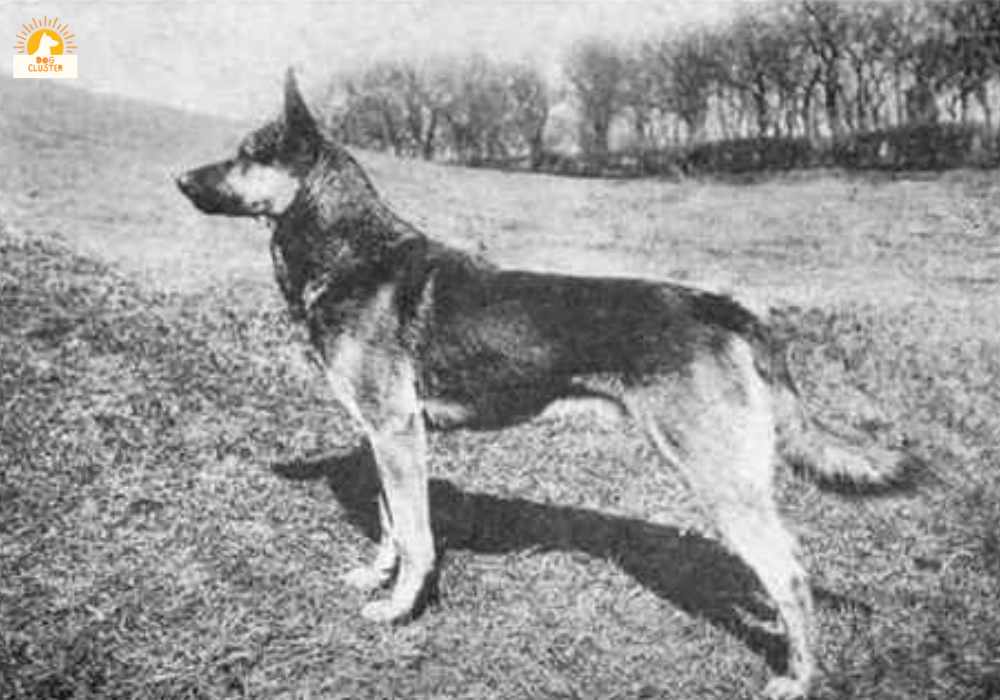
The Newest Dog Breeds and Their Unique Features
The ever-evolving world of dog breeding introduces new breeds with diverse traits and coat colors. Each emerging breed showcases distinctive characteristics, shedding light on the continuous evolution of dog breeding and selective practices. These latest additions exemplify the ongoing development and diversity within modern dog breeds.
An Overview of Newly Recognized Breeds
Newly recognized breeds offer a fresh perspective on diverse traits in modern dog breeding. They have unique coat colors and specific traits. Their emergence reflects the ongoing enrichment of the spectrum of dog breeds with a diverse array of traits. These new breeds contribute to the ever-expanding diversity of traits in modern dog breeding.
Distinctive Features of New Breeds
New dog breeds introduce unique features such as coat colors, and physical characteristics. Some dog breed has become more fierce as guard dogs. While other genes are modified to make them more family-friendly as pets. Now the use of dogs is more than ever. Now some guard dogs can smell drugs and restricted elements from the farest distance.
Comparing Old vs New: Breed Characteristics
Selective breeding in the last century led to dramatic changes in popular dog breeds, impacting traits, and mental ability. Also, the 20th century saw a shift in specific traits and groups of dogs within different breeds, influencing the health problems in dogs worldwide. Some dogs evolved for better whereas others evolved causing health issues. Selective breeds are focusing on the uprising issues too.
Comparing Physical Traits
The breeding practices of the last century led to prominent changes in the physical structure of popular dog breeds. Old breeds have specific traits and coat colors that are quite different from newer breeds. The size, color, and health of dog breeds have transformed. Even in most cases, bone and hip issues in dogs have reduced due to selective breeding.
Exploring Behavioral Differences
The mental ability and behavior of dog breeds have evolved. These are influenced by selective breeding and blood sport. Some dogs have become gentle. Whereas others have become more fierce with heightened qualities. Old breeds such as Scottish Terriers and Irish Wolfhounds exhibited different mental features compared to newer dogs of the same breeds.
Impact of Breeding Practices on Dog Health
Unfortunately, selective breeding has raised some health issues in old dog breeds, such as hip dysplasia and breathing problems. Specific breeds like Old English Sheepdogs, Shetland Sheepdogs, and Irish Setters suffered due to these practices, resulting in various health concerns. But it has also improved the health of dogs, increasing the lifespan.
Health Issues in Old Breeds
Older dog breeds, such as the Shetland sheepdog and Irish setters, commonly experience health issues like hip dysplasia and breathing problems due to selective breeding. Hip dysplasia specifically affects old breeds, impacting their mobility and overall quality of life. On the other hand, selective breeding has led to prevalent health concerns in certain old dog breeds.
Health Concerns in Newer Breeds
Selectively bred newer dog breeds, like the French bulldog and shiba inu, often face health concerns such as shorter legs and flatter noses. Shorter legs and flatter noses are common in newer dog breeds like the Shiba Inu and french bulldog. This has not impacted their health but they are more lap dogs now than they were 50 years ago.
Role of Kennel Clubs in Breed Recognition
The recognition and standardization of breed characteristics were greatly influenced by kennel clubs such as the American Kennel Club. These clubs played a pivotal role in establishing breed standards and promoting specific traits in different dog breeds. They are shaping the way we perceive and understand these animals.
The Role of Kennel Clubs in the Past
Kennel clubs in the last century were crucial in recognizing, standardizing, and promoting specific traits in different dog breeds. The American Kennel Club and similar organizations played a significant role in breed recognition and standardization of traits. They establish breed standards and promote specific traits. Their influence shaped the development of dog breeds positively.
The Changing Role of Kennel Clubs Today
In the 21st century, kennel clubs continue to emphasize breed recognition, standardization of traits, and promotion of specific traits. They play a major role in ensuring breed authenticity. They are also advocating for the authenticity of various breeds. This modern evolution highlights their ongoing commitment to maintaining breed standards.
Responsible Dog Ownership and Choosing the Right Breed
To be a responsible dog owner, it is important to understand the traits, health concerns, and behaviors of different breeds. This includes considering breed characteristics, health issues, and all other differences between old and new breeds. Responsible ownership requires knowledge of the physical and mental characteristics of different breeds. This knowledge must be used to secure a safe home for your dog.
Factors to Consider When Choosing a Breed
The Importance of Responsible Breeding
Breeding practices have evolved, affecting the difference between old and new breeds. Responsible breeding leads to healthier dogs, while irresponsible breeding causes health and behavioral issues. To support responsible breeding and adoption from reputable breeders or rescue organizations. Always promote education and advocacy for ethical practices.
How Are Future Dog Breeds Likely to Evolve?
Future dog breeds are expected to evolve due to changing lifestyles and owner preferences. Advances in technology and genetic engineering could also contribute to the creation of new breeds. Additionally, climate change may lead to the emergence of breeds that can adapt to different environments. The evolution of future dog breeds is influenced by various factors and is difficult to predict.
Frequently Asked Questions
Why do dogs look different than they did 100 years ago?
Over the past century, dogs have undergone significant changes in their appearance. This is primarily due to selective breeding, where specific traits are favored and emphasized. Consequently, breeds that were once working dogs have been bred purely for their looks.
What are the 2 newest dog breeds?
The American Kennel Club (AKC) has officially recognized the Barbet and the Dogo Argentino as the two newest dog breeds. The Barbet, a French water dog with a curly coat and friendly temperament, and the Dogo Argentino, an Argentine hunting dog known for its muscular build.
Can old dog breeds adapt to modern lifestyles and environments?
Old dog breeds can adapt to modern lifestyles and environments through proper training and socialization. However, it is important to address any health issues that may arise due to their age. Genetic factors also play a role in how well a dog breed can adjust to new surroundings. Researching and understanding the specific needs of an old dog breed is crucial before bringing them into a modern lifestyle.
How has cross-breeding affected the development of new dog breeds?
Cross-breeding has had a significant impact on the development of new dog breeds, giving rise to unique characteristics. Popular cross-breeds like Labradoodle and Cockapoo have gained popularity. Critics argue that cross-breeding can lead to health issues and genetic problems in dogs.
Conclusion
Understanding the evolution of dog breeds helps us appreciate their diversity and uniqueness. From transforming old breeds to introducing new ones, these changes have shaped the dog world. It’s important to acknowledge the impact of breeding practices on dog health. Responsible ownership involves considering these factors and promoting responsible breeding practices. It will be interesting to see how dog breeds continue to evolve in our changing world.
Share with me if you have any stories and thoughts. I would love to read your feedback. Stay with the dog cluster and gather knowledge about dogs.
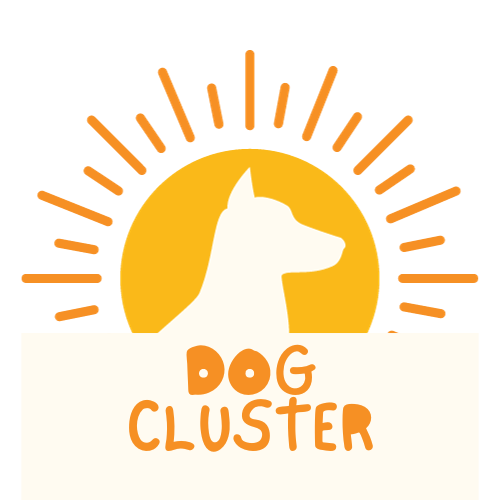
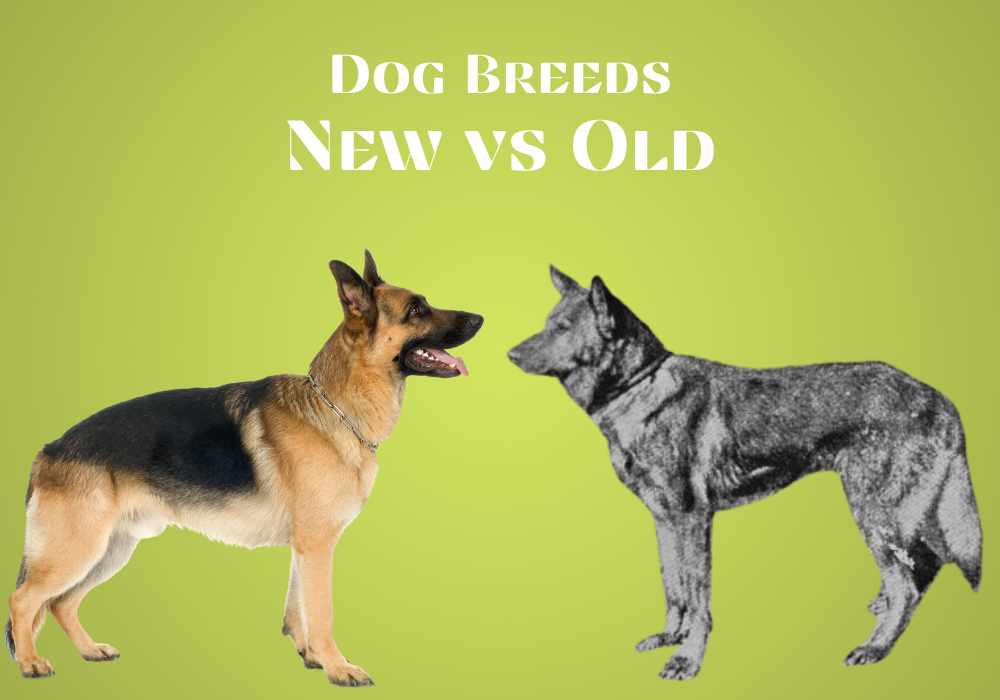
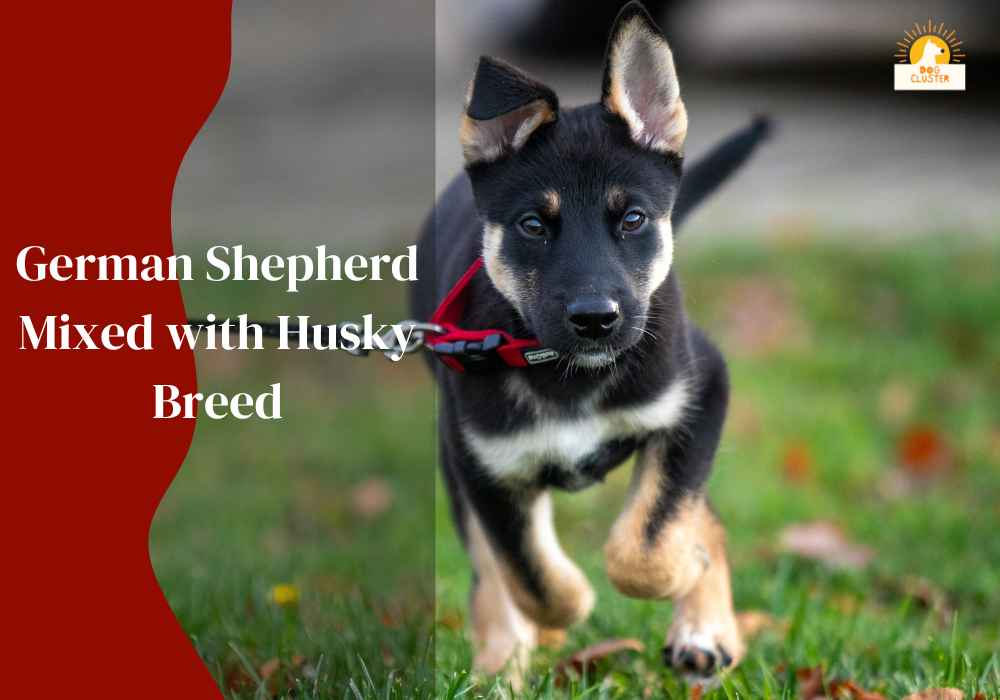
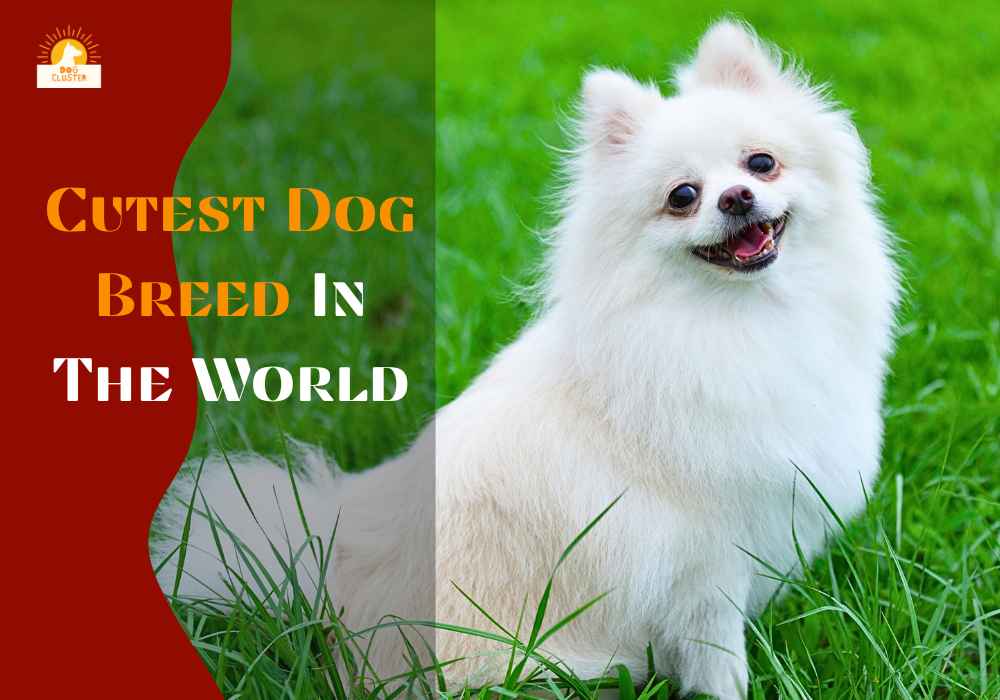
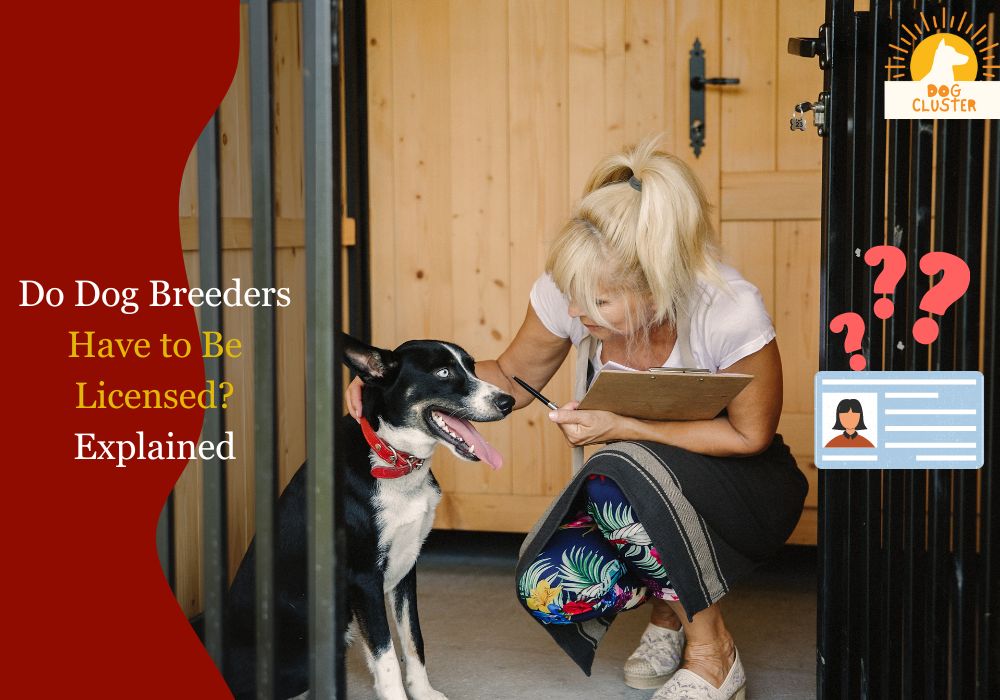
Leave a Reply